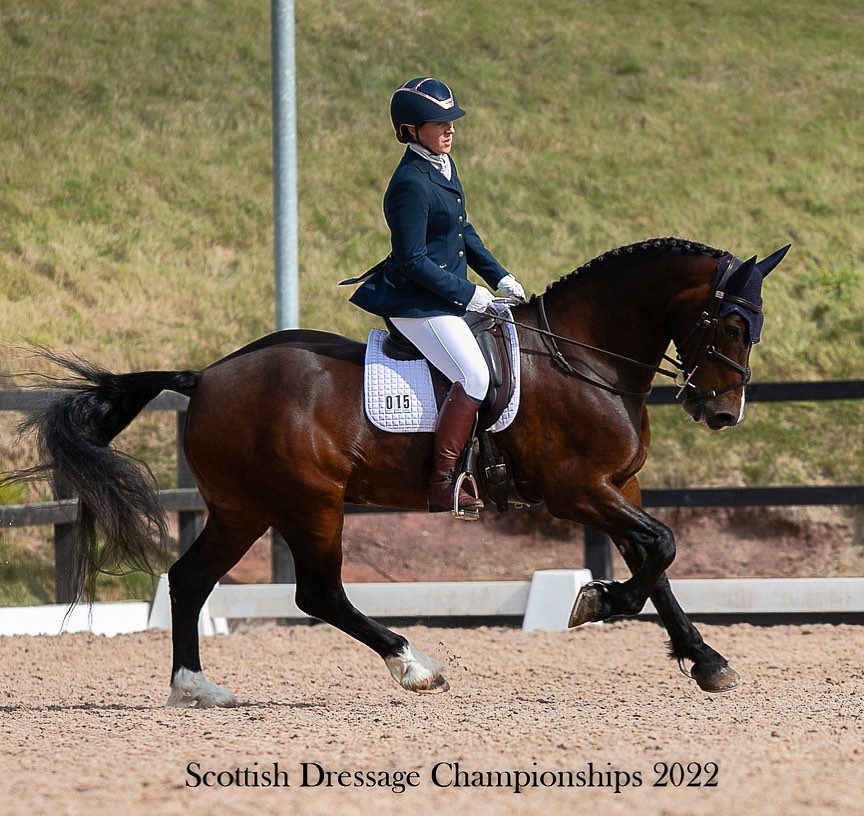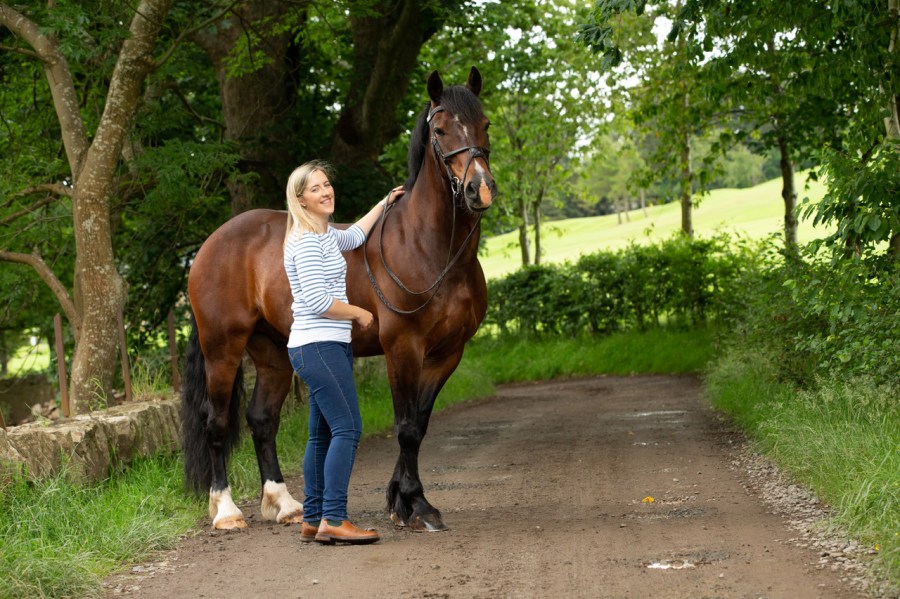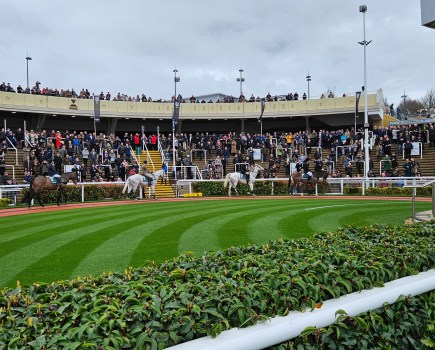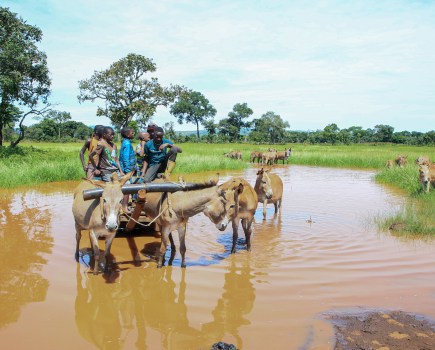Tackling unwanted behaviours in horses was a topic explored at The National Equine Forum (NEF) earlier this month (2 March). Attendees heard how the use of learning theory had helped a fearful horse with challenging behaviours get back on track to establish a solid and successful partnership with his rider.
How to tackle unwanted behaviours explored the science behind how horses and humans learn, why horses behave in the way they do and what to do with ‘undesirable behaviours’.
The story of Hannah Bryant and her Welsh Cob Gavin was shared, including how Dr Gemma Pearson, Director of Equine Behaviour for the Horse Trust, helped the pair build confidence and trust. Hannah and Gavin are now competing successfully in dressage.
The session also incorporated a panel discussion including contributions from social scientist Dr Tamzin Furtado from the University of Liverpool who gave a perspective on the human angle of Hannah and Gavin’s story.
“By sharing my experience, I hope we can open up the conversation on how both amateurs and professionals can deal with unexpected or unwanted behaviours in a more collaborative and progressive way,” said Hannah.
Building a lifelong partnership
In a two-way conversation Hannah and Gemma revealed Gavin’s behavioural issues and how the application of learning theory resolved them and equipped Hannah with the skills to build a solid foundation towards a lifelong partnership, and the capacity to deal with some subsequent challenging behaviours.
Gavin, a Welsh Section D, entered Hannah’s life six years ago. Hannah explained that when he first arrived at the livery yard he was fearful of people. He was uncatchable in the isolation field to which he had been assigned, and to Hannah’s added distress he quickly escaped to join several horses in a neighbouring field.
Hannah’s vet referred her to veterinary behaviourist Gemma Pearson, who worked with Hannah and Gavin using learning theory.
Gemma worked with Gavin in the field, initially using removal reinforcement/ pressure-release; Gavin had been approaching Hannah, snatching a mouthful of feed from a scoop and then galloping off. Gemma allowed him to take some feed and in the moment that Gavin stood still she backed off, taking pressure away from him. After many repetitions, Gavin’s confidence grew to the point that he was willing to step forwards.
Gemma introduced a cue word ‘good’ and fed him and then offered the negative reinforcer of moving away. In a short time, Gemma was able to touch Gavin and then introduce a lead rope, encouraging Gavin to touch it on cue using the primary reinforcer of food.
Eventually, with close observation of Gavin’s body language and perfect timing, Gemma was able to place the lead rope round Gavin’s neck, with Gavin remaining comfortable throughout the process. Hannah continued to practice the techniques she learnt from Gemma and very soon Gavin was voluntarily putting his nose in a headcollar.
Addressing bolting

Fast forward a couple of years and Hannah once again needed Gemma’s help because Gavin had started bolting, apparently out of nowhere. First, he was given a full examination from an equine orthopaedic specialist and with no evidence of pain Gemma began to treat the bolting as a behavioural issue. She identified several things that may have contributed to the issue, including the introduction of a new horse to Gavin’s field causing stress and lack of sleep, and one of the places at which he had bolted had been very windy and exposed.
Gemma worked with Gavin on the ground, retraining him to step back from light bit pressure. Once Hannah was back onboard, a cue word and food reward were introduced when Gavin responded to pressure on the reins and Hannah quickly released the pressure. Gradually Gemma and Hannah classically conditioned Gavin to a seat cue. Hannah has now competed successfully at the venue where one of the bolting incidents occurred and she and Gavin are working at elementary level in dressage.
“I am proud to share my experience at NEF in working with Gemma to resolve Gavin’s issues and how the skills she has taught me have enabled me to pursue my dreams in British Dressage,” said Hannah. “But more importantly, how they have ensured that Gavin is understood, respected and worked with, despite the pressures that us normal horse folk encounter as part of being on a livery yard and having lots of incoming opinions.”
Feeling the pressure
“It has been a pleasure to work with Hannah and Gavin,” said Gemma. “Hannah was in a very difficult situation, and it took courage to make the progressive decision to choose to work with a behaviourist. They have been model students and a perfect example of how understanding and applying the theory of how horses learn can resolve undesirable behaviours and build a solid basis for a successful partnership between horse and rider.”
Dr Tamzin Furtado rounded off the session by providing an insight into the human element of Hannah’s experience. she said: “Despite keeping Gavin at a good, supportive and responsible livery yard Hannah, as anyone would, felt under pressure of judgement. Luckily, she received support from liveries, friends and family.
“If I could ask the audience to take away two things from Hannah’s story, it would be firstly not to underestimate the impact we all have on one another, even if we don’t realise it. Our support and understanding can make the difference between someone being able to cope with a tricky situation with their horse and feeling a failure.
“Secondly, to remember Hannah’s open mindedness, and her commitment to look at the horse in front of her and find an approach which worked with what she was seeing. When people told her he was being naughty, she listened, then disregarded their input because she could see that wasn’t the case for her horse – and she found an approach which matched with what she could see, instead.”
How to tackle unwanted behaviours was one of many presentations given at the National Equine Forum. Visit nationalequineforum.com/forum-2023 to find out more.
Check out our subscription offer










